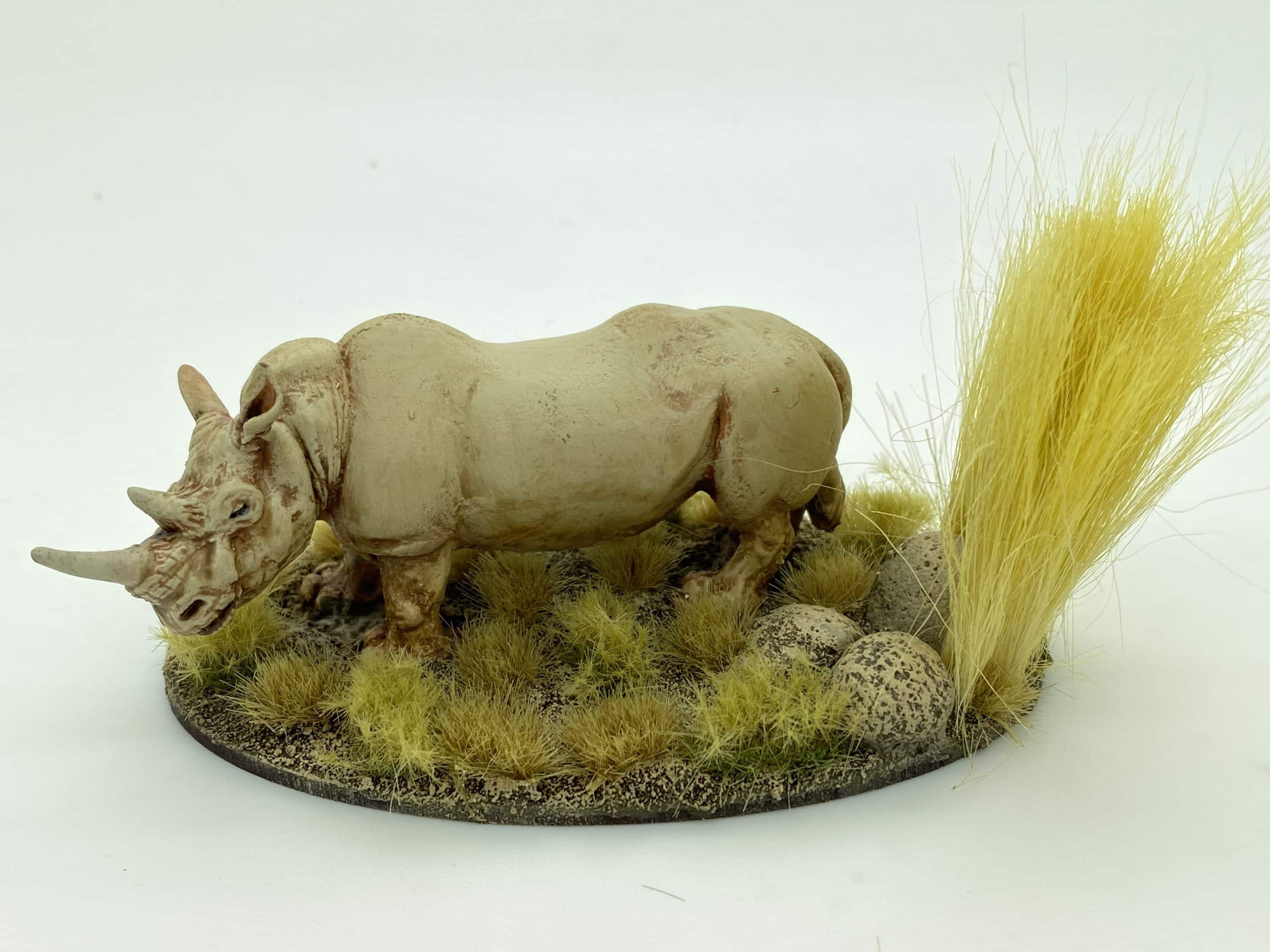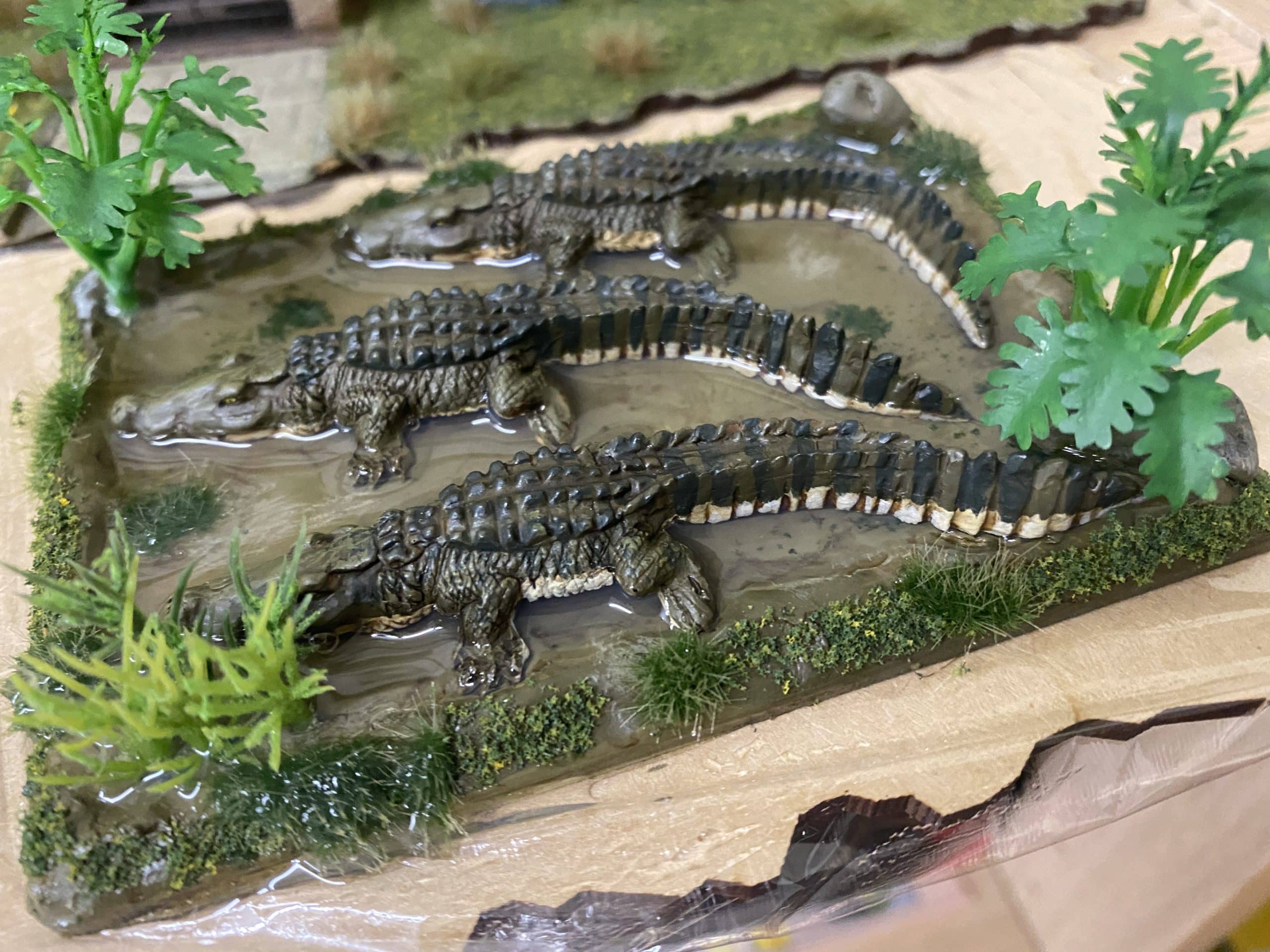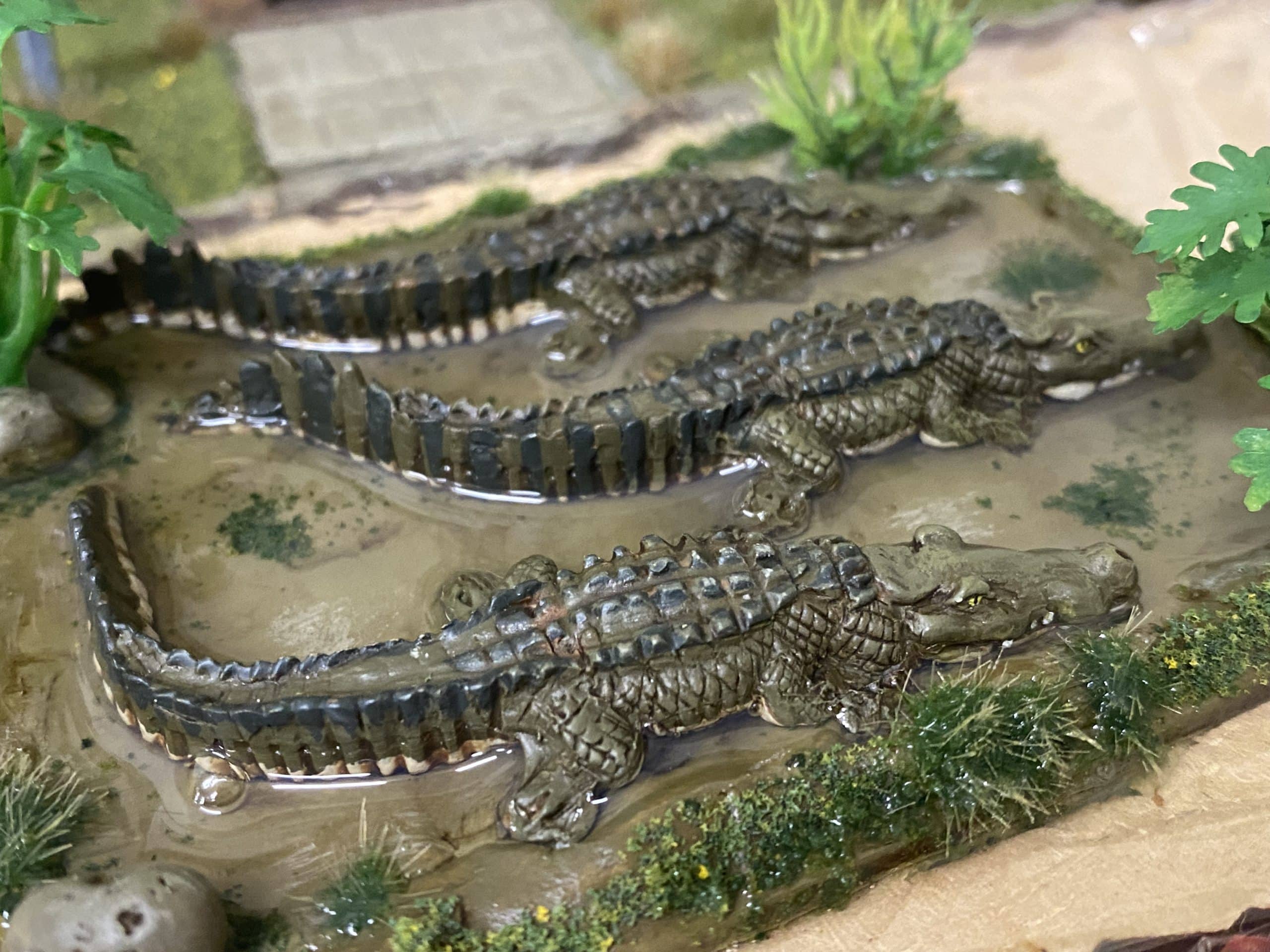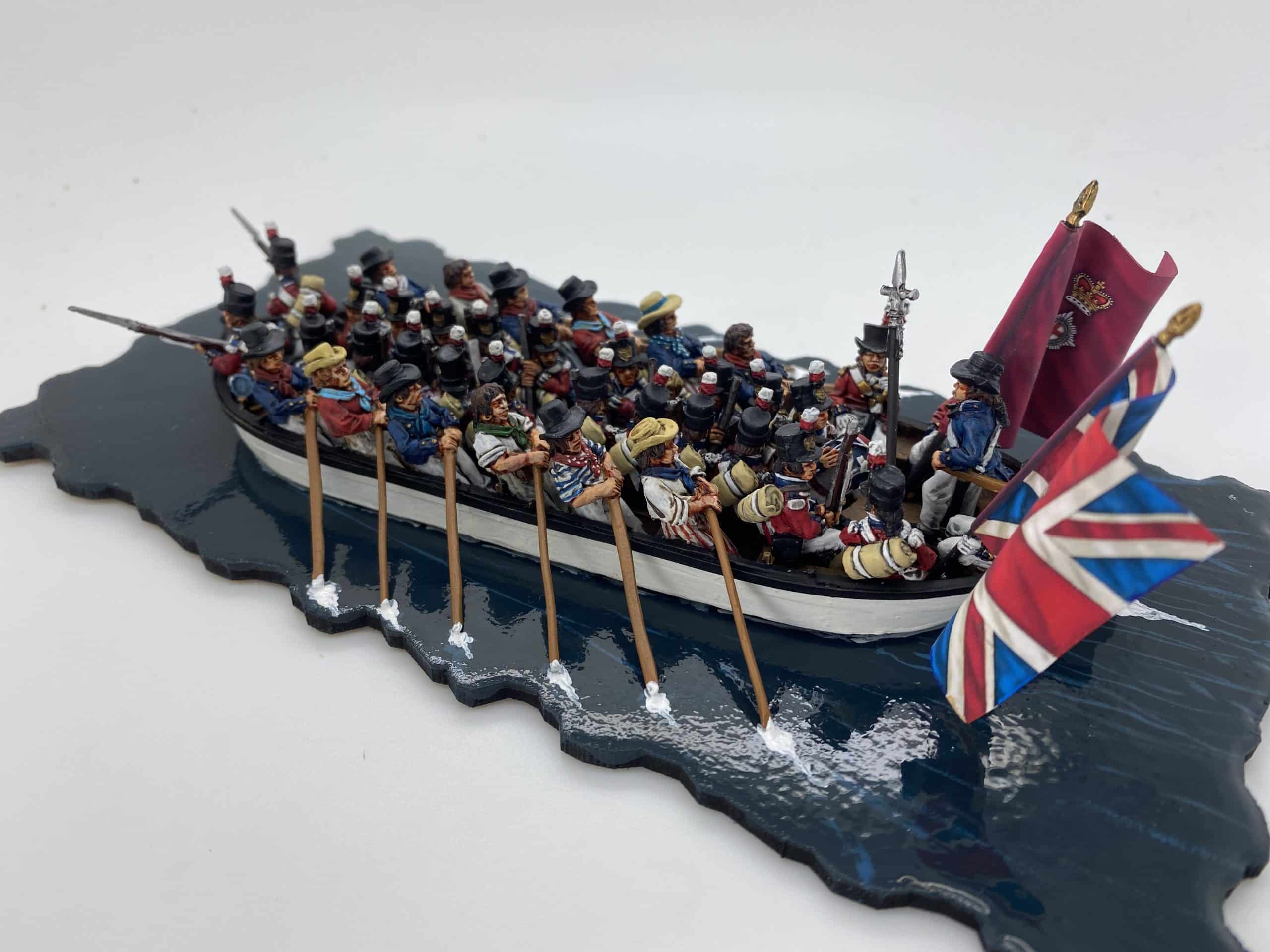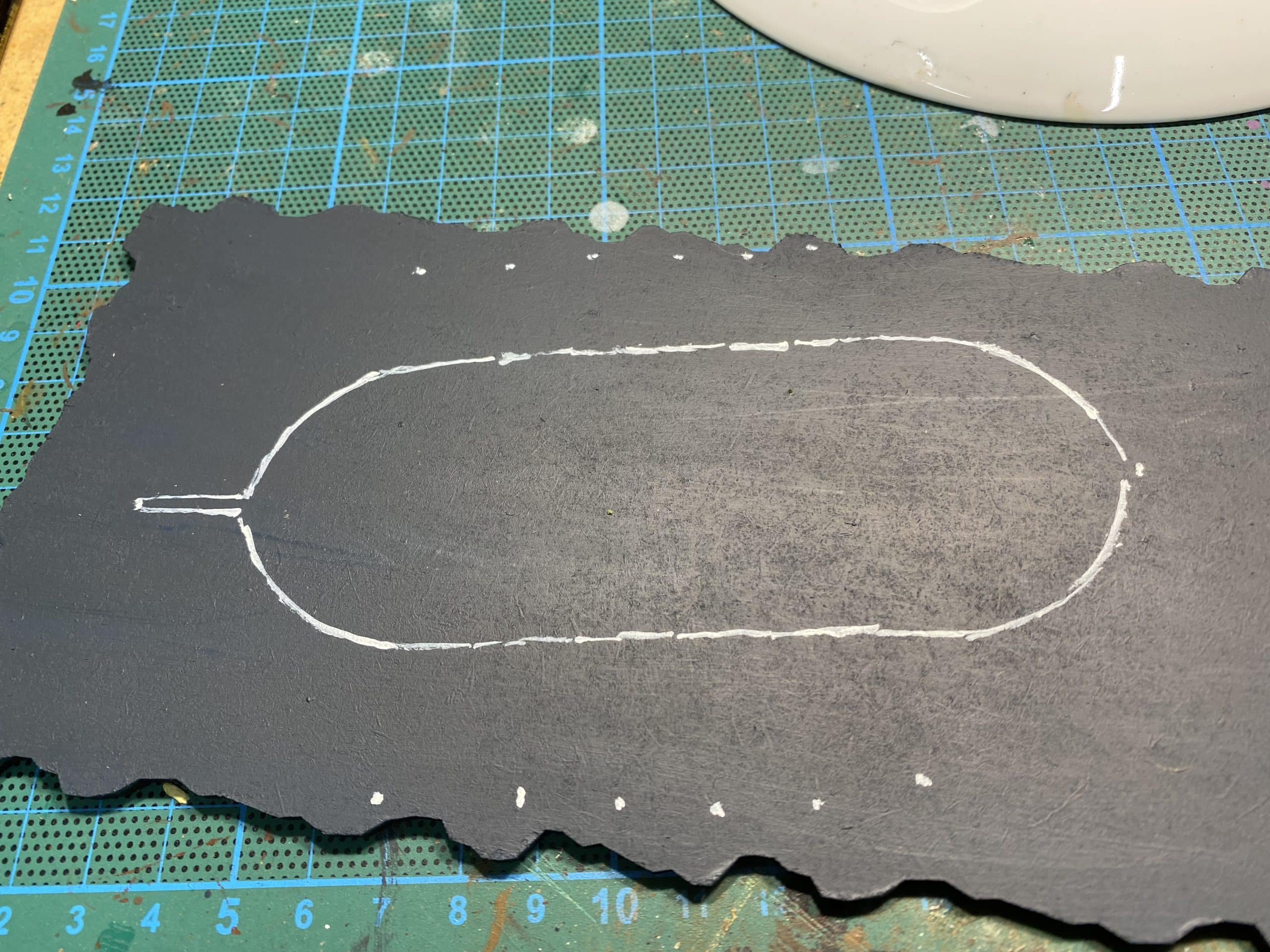Now that I am comfortably moved into my new hobby room, my modelling output is beginning to outstrip my ability to write about it! I have at least four projects that are either in progress or completed and in the cabinet.

One such project is my medieval carriage. As you can see, it is all but finished and is just awaiting the driver and his assistant – you will see why at the end of the blog! The model is scratch built using a set of ‘plans’ from Wargames Illustrated #395. I use the term plans in a very loose sense. The originals were sparse enough and designed for 15mm figures. In theory, it should have been easy enough to scale up the drawings to 28mm scale. In practice, it just did n’t work – the resulting model was far too big and even with my eventual reductions, I still have the impression that my model is over sized! Ah well, it looks impressive and is a nice addition to my collection. I also made another slight error, in that I cut the pieces from 60/000 plasticard – 40/000 would have been better and easier on my scapel but the resulting model is quite sturdy!


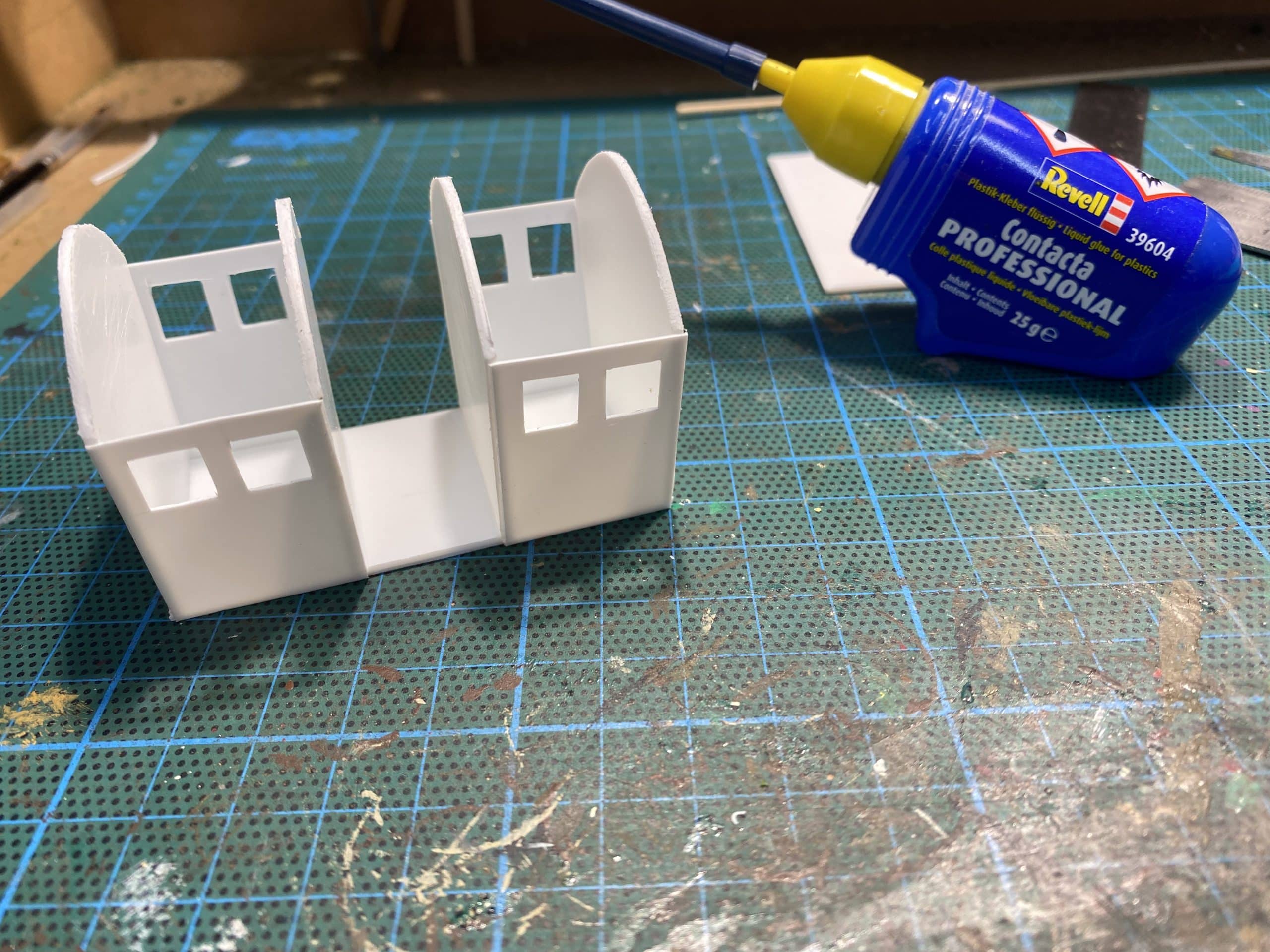

I used some soft wood strip to add the planking to the sides of the carriage. I then added the wheels and axles etc using some spare parts from a Trent Miniatures wagon that I had in the spares box. I know that when I read other peoples modelling projects, I get very frustrated when they say ‘I found this bit in my spares box’ and here I am doing the same thing. The truth is that the more scratch building that you do, the more bits and pieces that you acquire. I could have scratch built these bits but it would have taken a long time for me so I went for the easiest option!

The next part of the assembly was to add the roof. Again, I measured this against the model and cut it out of 10/000 plasticard. I used the existing wall pieces to make ‘formers’ to glue and bend the roof so that it sat nicely on the model.

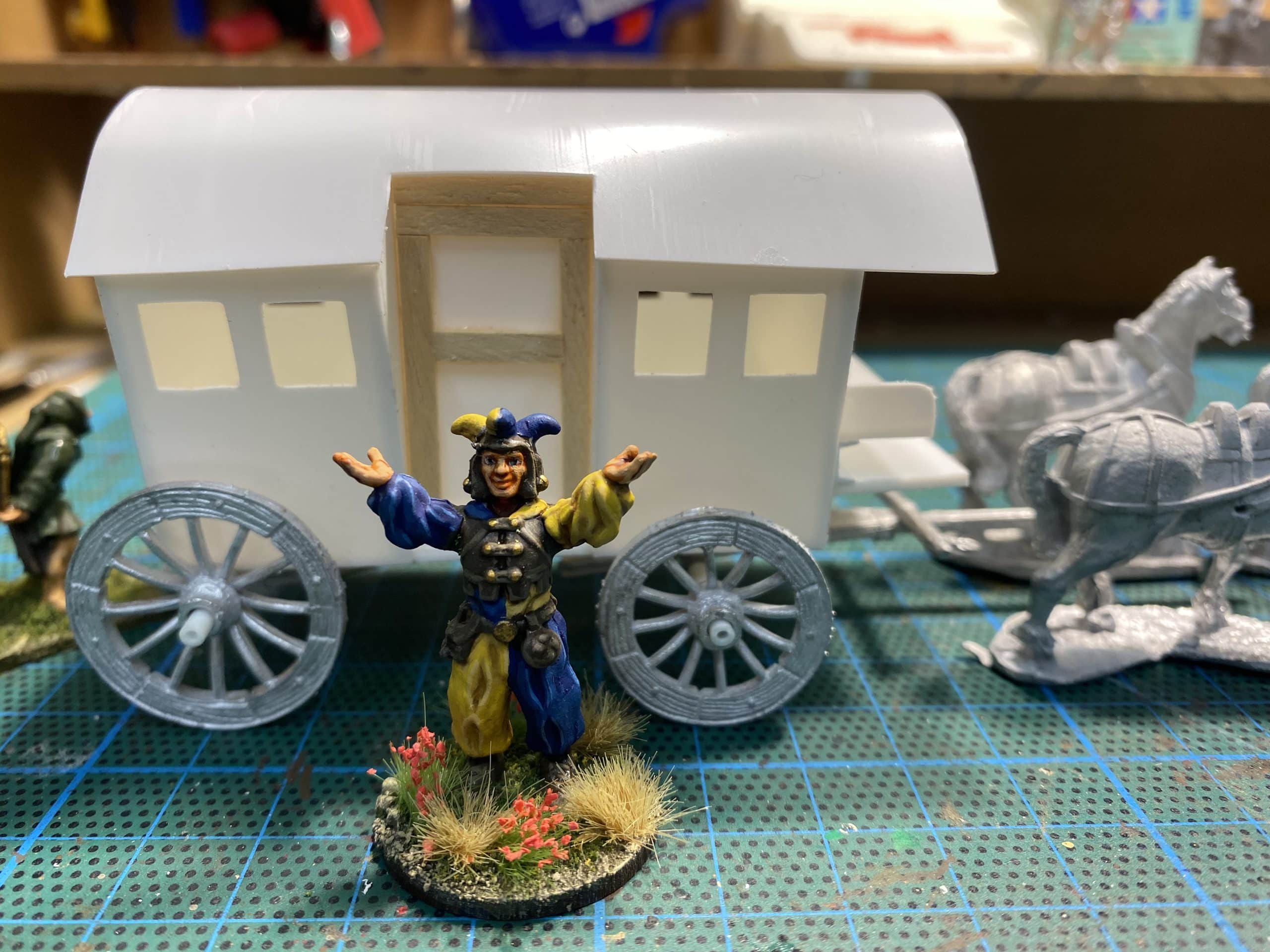
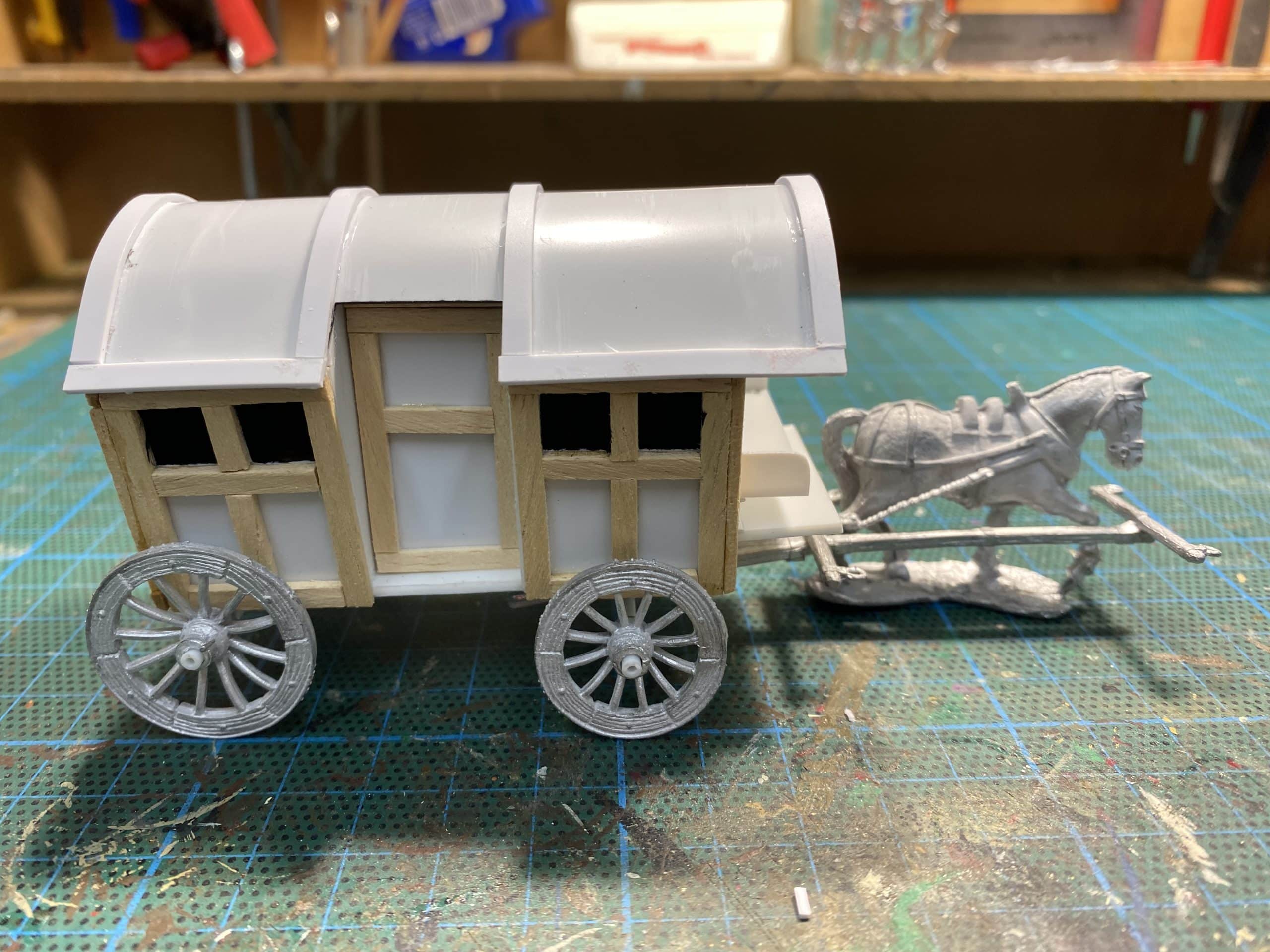
With the main assembly completed, I just need to sand down any obvious errors and start the paint job.
Before fixing the roof in place, I had primed the interior with matt black – I could have added some detail but was too lazy it’s not likely that it will be seen anyway…. I then roughly masked the windows and primed the wagon in Army painter leather brown.


The next part of the process was to highlight/texture the base coat using various lighter shades of red. Dont ask me why, but I decided to use a sponge to apply the paint. I think that it looks different!

I then painted the wood work on the upper wagon in black. The underside and rest of the woodwork was painted to look like wood, with the iron work either black or for the wheel rims, gun metal.


The main construction was now finished. I just needed to paint the horses and base the model. I followed my usual technique for painting the horse – I’ve covered this many times in previous blogs. The same goes for the base. I used one of the Sarissa terrain tiles, as my intention is to construct a full length road for my table, with the option of ‘dropping’ the carriage into it as required. I also like non uniform edges to the base, although my gaming mates are not so keen! I’ve also added some shields with ‘Lord Callans’ livery painted on. My freehand painting is, shall we say a work in progress! I have the impression that my white lion looks a bit like a white monkey…..Never mind, I just need to keep practicing and should I get any better, the shields are only blu tacked in place for the time being!

The last task is to make the driver and the guard. I was going to use the figures from the Footsore range but they were a tad small, or rather, my carriage is a tad big. So I set about converting some figures. They are yet to be finished. For now, here’s how to turn an Aztec into a medieval car driver – well nearly!
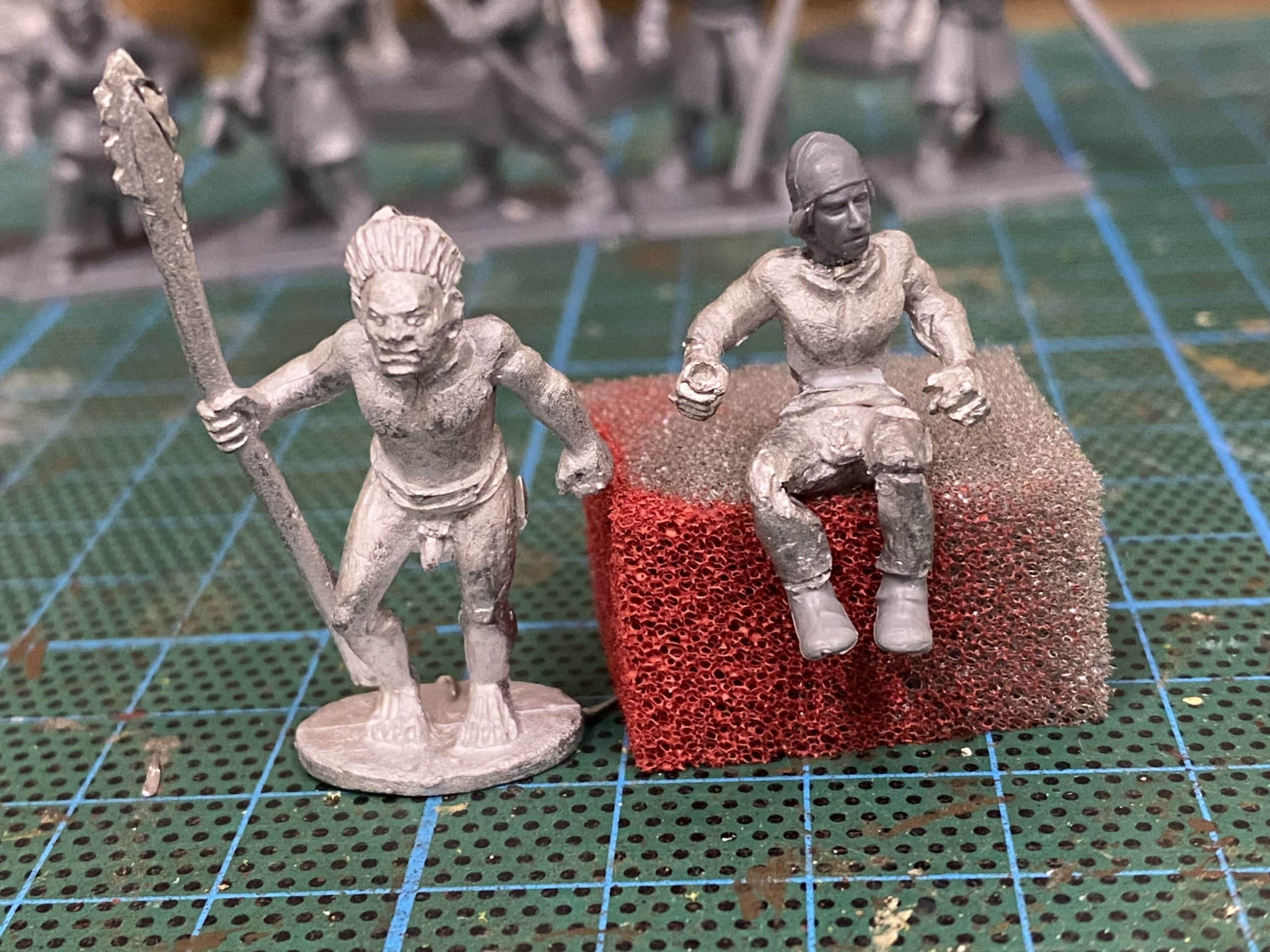
Once I get busy with the green stuff, I’ll post the final pictures!
THE COMMERCIAL BIT
I hope that you all enjoy your hobby as much as I do – our web site will have much of what you need! Click here to see our shop.
You can find all the Vallejo Model colour paints here. If you don’t want to browse, just enter the paint number into the shop search bar;
You can find Sarissa Terrain tiles in this category:
You can find Gamers grass here:
If you need Milliput or other fillers, click here:
You can find plasticard here:
Happy Modelling!



